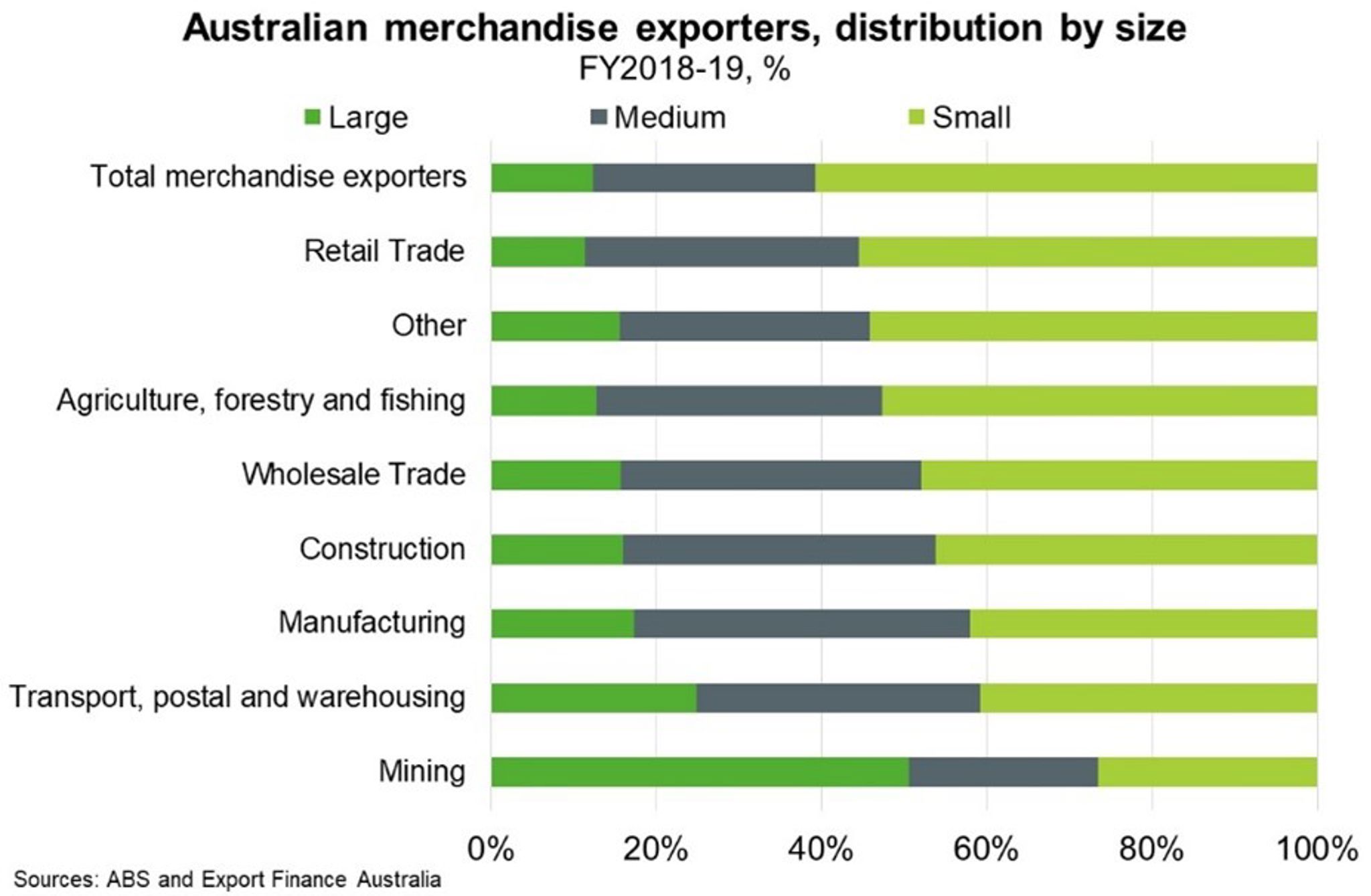China—Common prosperity may accelerate shift to consumption
President Xi Jinping announced on July 1 that China had achieved its first centenary goal—resolving absolute poverty and building a moderately prosperous society. Focus has now shifted to the concept of ‘common prosperity’ which is expected to redistribute income towards (particularly poorer) households and rebalance the economy towards consumption. China’s current investment and export-led growth model is increasingly unsustainable amid higher debt levels and geopolitical tensions.
China's middle class has grown significantly; from 3% of the population in 2000 to 721 million people in 2019, over half the population. However, society remains very unequal. In particular, urban incomes are 2.5 times rural incomes and the hukou (household registration) system reinforces an urban-rural education gap. But of the very few countries that have graduated from middle income to high income status in the last half century, research suggests all had high school completion rates over 50%. China’s rate is 30%. Beijing has so far focused on curbing monopolistic practices and excessively high incomes. But addressing the structural drivers of inequality and avoiding the middle-income trap will require difficult tax and social welfare reforms along with social mobility between regions.
China’s GDP growth weakened in the third quarter amid sporadic COVID-19 outbreaks, a property slowdown and power shortages sparked by surging energy prices and strict environmental targets. Still, China’s economy is expected to expand 8% this year—roughly adding the value of South Korea’s GDP. To the extent that renewed emphasis on ‘common prosperity’ achieves an even larger and more prosperous middle class, spending will increase on discretionary and premium goods. This may stimulate further demand for Australian goods and services and improve prospects for SMEs, which are concentrated in non-mining industries (Chart).

